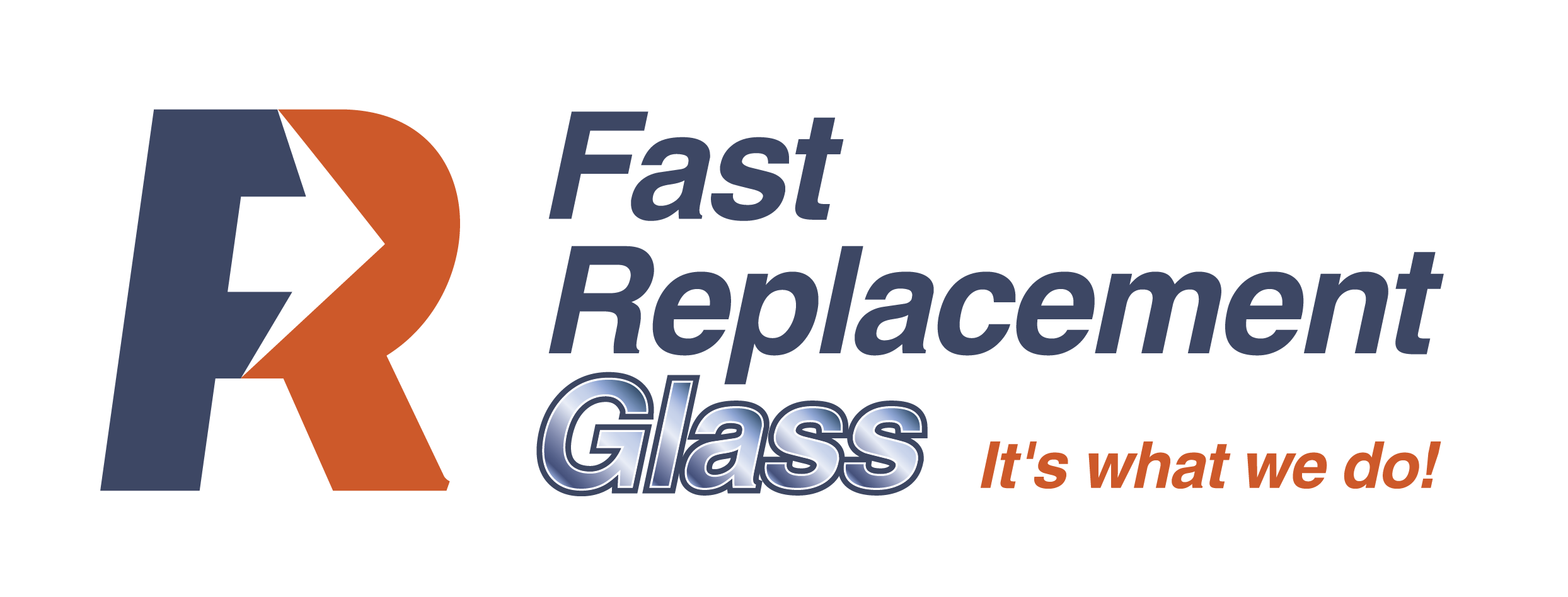Selecting the Right Glass Type for Your Appliance
Choosing the correct glass type for your fireplace or woodstove is a critical decision that impacts both safety and aesthetics. Different glass types offer varying levels of heat resistance, clarity, and durability. In this comprehensive guide, we will explore the most common glass types used in heating appliances: Pyroceram, Neoceram, Robax, Mica, and Tempered glass. We will delve into the differences between these glass types, their pros and cons, and address frequently asked questions to help you make an informed choice.
Understanding Different Glass Types
1. Pyroceram:
Pyroceram glass is a high-temperature glass-ceramic material known for its exceptional thermal resistance. It can withstand intense heat, making it suitable for woodstoves and fireplaces.
Pros: Can handle high temperatures, retains heat well, provides excellent clarity of flames. Cons: Limited design options, can crack under thermal shock.
2. Neoceram:
Neoceram is another type of glass-ceramic with superior heat resistance. It is designed to withstand rapid temperature changes and is often used in heating appliances.
Pros: Highly resistant to thermal shock, excellent heat resistance, minimal distortion. Cons: Limited design choices, potential for scratching.
3. Robax:
Robax is a transparent ceramic glass that offers good heat resistance and insulation properties. It is commonly used in modern woodstoves and fireplaces.
Pros: High clarity, excellent thermal insulation, withstands moderate temperatures. Cons: Can crack under extreme heat, scratches more easily.
4. Mica:
Mica is a natural mineral often used in older woodstoves and fireplaces. It has good thermal insulation properties but is less transparent than other glass types.
Pros: Good thermal resistance, insulating properties, vintage appearance. Cons: Reduced clarity, can degrade over time, not as transparent as other options.
5. Tempered Glass:
Tempered glass is a safety glass that undergoes a special heat treatment to increase its strength and thermal resistance. It is commonly used in fireplace doors and some woodstoves.
Pros: Shatter-resistant, higher impact resistance, offers good visibility of flames. Cons: Limited to specific applications, may develop minor scratches over time.
Pros and Cons of Different Glass Types
| Glass Type | Pros | Cons |
|---|---|---|
| Pyroceram | High heat resistance, clear flames | Limited design options, potential for thermal cracking |
| Neoceram | Exceptional thermal shock resistance, minimal distortion | Limited design options, potential for scratching |
| Robax | High clarity, good thermal insulation | May crack under extreme heat, prone to scratches |
| Mica | Vintage appearance, good insulation | Reduced clarity, can degrade, less transparent |
| Tempered | Shatter-resistant, impact-resistant, good flame visibility | Limited applications, minor scratches over time |
Frequently Asked Questions:
1. Can I replace the glass myself?
Replacing glass in heating appliances requires specialized knowledge and tools. It's recommended to have a professional technician perform replacements to ensure safety and proper installation.
2. Which glass type is the most durable?
Pyroceram and Neoceram are known for their exceptional heat resistance and durability, making them popular choices for high-temperature heating appliances.
3. Can I upgrade to a different glass type?
In some cases, you might be able to upgrade the glass in your appliance, but this depends on the design and compatibility. Consult with a professional to explore your options.
4. How can I prevent scratches on my glass?
Using soft, non-abrasive materials and proper cleaning solutions can help prevent scratches. Avoid using abrasive cleaners or materials that could damage the glass surface.
5. Is it possible to polish out scratches from glass?
Polishing out scratches from specialized glass used in heating appliances is challenging and may affect the glass's thermal properties. It's best to prevent scratches through proper care.
Conclusion
Selecting the right glass type for your fireplace or woodstove is a crucial decision that balances aesthetics, heat resistance, and safety. Each glass type has its strengths and limitations, and the choice ultimately depends on your appliance's design and intended use. Consider factors such as heat resistance, clarity, insulation, and design when making your decision. To ensure optimal performance and safety, consult with a professional technician before making any glass replacements or upgrades. By making an informed choice, you can enjoy the beauty of flames while maintaining a safe and efficient heating experience.
FastReplacementGlass.com
"The reliable choice for swift and seamless glass replacement."
1-888-986-1535

